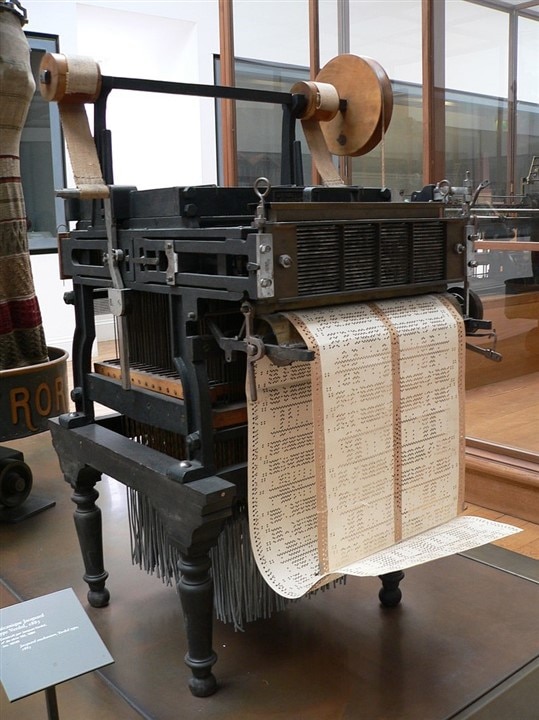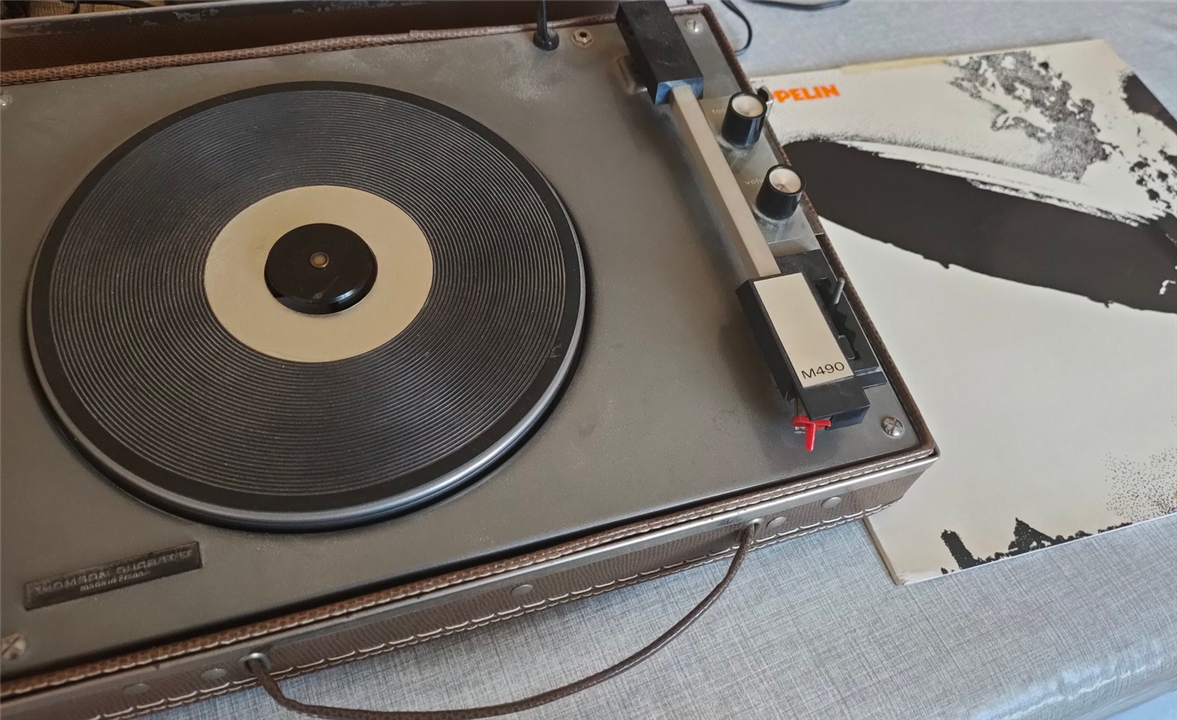Offline Memory Technology
Part 2 : Mechanical and Optical Storage
By Baptiste Bouix
The first offline memory support was made way before the first electronics. From the beginning of the nineteenth century, holes in cards made of rigid paper were used to automate a mechanical loom to weave thread: the Jacquard loom.

By the end of the century, they were used to play music (the Carpentier harmonium, then the barrel organ). Then for the first mechanic calculation machines (Babbage and Lovelace’s Analytical Engine), for data processing (Hollerith cards) and finally to code the first electro-mechanic computing machines (Z3 and Harvard Mark I).
Sounds were also recorded. Using a mechanical arm linked to a microphone, it is possible to write it as an analog track on a moving soft material. Then, using the same stylus but with a sound amplifier, it is possible to read this recording and make sound. Even better, if you record on a soft disc, but make a master mold of this soft disc, you can print it on a more solid material.

Distribution of musical records over vinyl records was born.
“Punch cards” inherited from the early computing were the basis for programming until the 80s: the card reader had a metal brush who would pass over the card and made contact with the plates underneath holes, transmitting each line of 0 (no hole) and 1 (holes) in sequence to the computer, like a Braille code. Its data density was low.
By the 70’s, progresses in infrared laser diodes made it possible to read mechanical data storage with light, and in 1982, the first widely available Compact Discs were storing 1Gb of data of all types (music, video, data), more than most hard drives. 15 years later, using visible light lasers, the DVD was able to store up to 17Gb. The Blu-Ray, with a violet light laser was able to store 100Gb in 2006. Outside of those widely known standards, there is many (now obsolete) proprietary formats of optical disks.
In each of those systems, the reader sends a laser pulse to the disk and registers the reflection. For digital read-only discs, when the groove in the disk is deep, it’s a 0, if it’s shallow it’s a 1. Writable and rewritable discs do not have different depth of grooves, but different optical reflection properties, the data is stored by “burning” some of the parts with a laser to modify these properties.
To access data in an optical drive, the program has to specify the “timecode” where the data is stored, which correspond to a physical space on the disk where the data is stored as a string of 1s and 0s as above.
Discs are still used for software distribution because of their capacity, durability, compatibility with computer systems and relative inexpensive nature. However, the data access speed is low and the reading device is not compact. Optical reading devices have to be connected as peripherals to the computer mainboard, generally trough IDE or SATA connectivity. Vinyl records are still used by enthusiasts for their durability and their analog music recording.
Stay plugged !
Part 3: Film And Magnetic Storage

